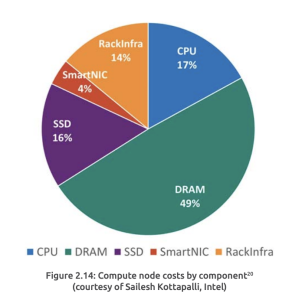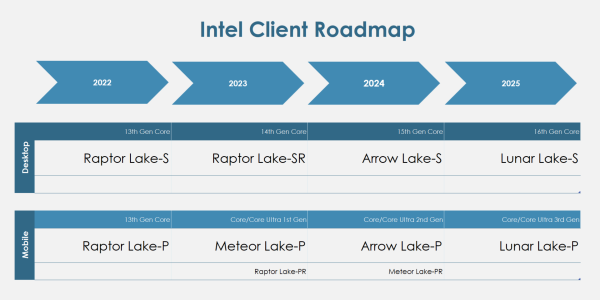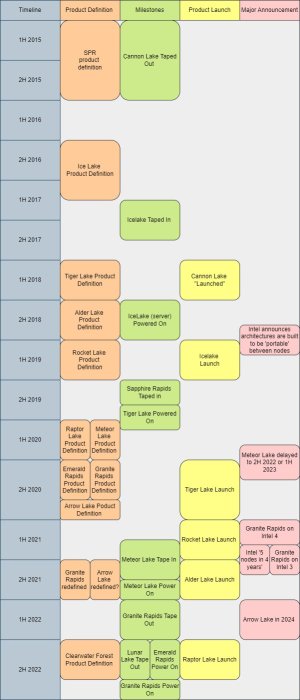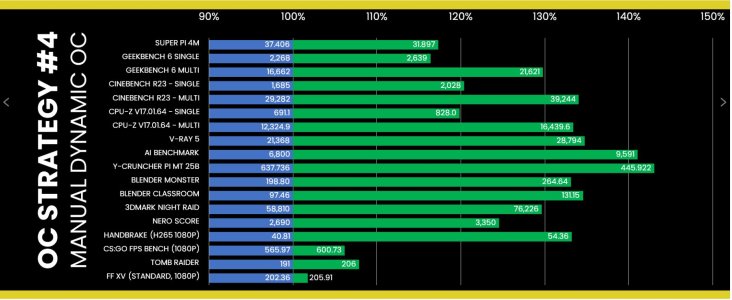I did wonder, Intel seemed to be hiring a lot of 'top talent' back to the company, but I'm assuming those always filled out the roles of the high end management positions, or the people who plan and design on a high level- not the further development of the designs and getting them into actual products. They essentially hurt their 'execution' by slashing jobs away from engineers who 'productize' the designs.If you are mostly in contact with people in R&D that seeming disconnect is actually pretty normal. Essentially you wouldn't want to work on something you are pessimistic about to begin with. Productization of R&D work is the crucial part though, the industry is full of cases where promising developments were either never brought to market or positioning (like missing the right time to launch, Intel is getting good at that...) was so mismatched that they were pretty much DOA.
I wonder if this is part of the problem where Intel always has these great designs on paper, but always struggle to implement it into actual products. Partly because they are too ambitious, but also because Intel is kneecapping themselves by hiring back many great designers, but also firing bunches of regular engineers.
Final disclaimer, this is just my speculation of course haha










